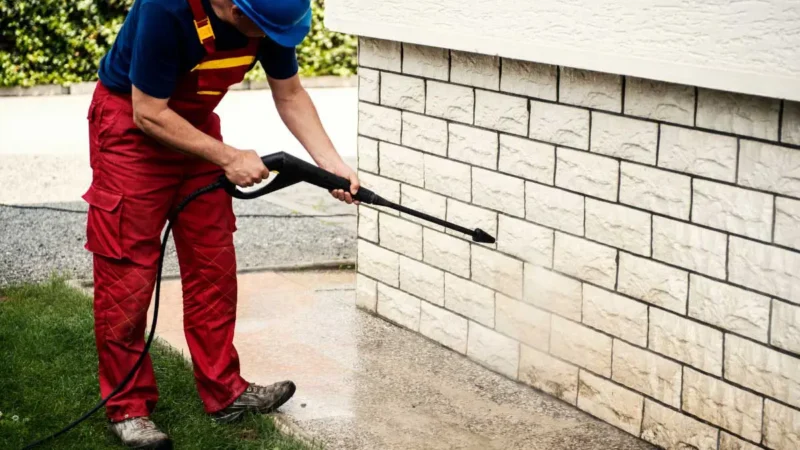Cooling tower terminology and operation

All cooling towers take advantage of the chimney effect, which moves the outside air through the tower. The air movement caused by the chimney effect depends on the difference in density between the entering colder outside air at the bottom and the air inside, which is lighter because it is warmer and more humid. The humidity of the air increases as the air rises in the column because water keeps evaporating as long as its temperature is above the wet-bulb temperature of the air. This evaporation lowers the density of the inside air and also causes some loss in the circulated water, which requires makeup. As the heat of the water is transferred to the air, cooling tower system the lower-density inner air rises and draws in the fresh air at the base of the tower.
Cooling system safety
The safety of all cooling systems increases as the number of their components is reduced. The proper operation of conventional industrial cooling tower systems depends on the availability and proper functioning of the air transportation devices (fans) and the water transportation devices (pumps). From a safety perspective, the most important factor is the availability of the power supply to these components. Naturally, safety can be improved by backup (diesel, battery, turbine, etc.) power sources, but as we’ve seen in many accidents, backups can also fail.
The more components a cooling system has, the less safe it is. From that perspective, the least safe cooling system uses chilled water. There, the process heat is first transferred to the chilled water, then it’s moved from the chilled water to the cooling tower water, and finally, it’s transferred to the air. It is the least safe because it consists of four components (chilled water pumps, chillers, cooling tower water pumps, and cooling tower fans), each of which can potentially fail or lose its power supply.
Consequently, the safety of the plant will be increased if the process can be redesigned to operate directly with CT water, so the chiller can be eliminated. On the other hand, if the cold water generated by the tower is not cold enough, it has to be sent to a chiller for further cooling before it’s sent to cool the process. The safety and optimization controls of chilled cooling systems were discussed in detail in “Optimization of cooling systems.”
Know about cooling tower system
The direct use of cooling tower water makes the plant safer because its operation requires the proper functioning of only two components, the CT fans and pumps. These cooling towers are most widely used in industry. If their fans are variable-speed, their cooling capacity becomes variable because the temperature of the water they generate can be controlled by adjusting the speed of the fans (continuously or intermittently).The reliability of a cooling system can be further increased by reducing the number of operating components in the system to one (the pumps). This is the case with natural draft cooling towers that use no fans. Natural draft (hyperboloid) cooling towers are often used where maximum safety is required, such as in nuclear power plants. They are very large, tall hyperbolic chimneys, shaped like a nozzle. This allows cool, dense, cooling tower system outside air from the environment to naturally flow up through the bottom of the tower and out through the top. That flow of air is what drives the evaporation of the water being cooled.

